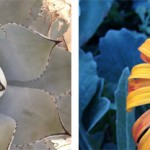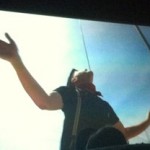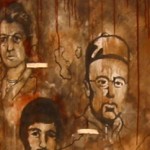In 2011 my wife and I attended a conference on the topic of art and faith at Union University in Franklin, Tennessee. I can’t say enough about how well executed and helpful this conference was. And while there were plenty of general concepts and ideas presented, David Taylor gave a very practical example of collaboration that has stuck with me. David is the editor of For the Beauty of the Church: Casting a Vision for the Arts, which I highly recommend reading. He was also a pastor in Austin, Texas where he led an arts ministry—and that is where the following example came from.
He assembled volunteers from his church into various groups. These people were not artists. He then assigned one artist to each group. Each group was given the task of creating a work of art. Each group’s artist was there to consult with and to provide guidance, but did none of the work. While the participants may not have been called artists, they had skills of their own: woodworking, sewing, or whatever. These skills all came into play in creating these collaborative works of art. The examples Mr. Taylor exhibited were amazing. They were largely three-dimensional pieces and they were big. This example remains my favorite story of collaboration. How I would love to participate in such an event!
I have had one opportunity to lead a similar experience, though it was not as freeform. In my posts I’ve often mentioned the Scarlet Steps art exhibit my church hosts each Good Friday. In 2012 the event was held at the Quilt and Textile Museum in Lancaster, Pennsylvania—a stunning facility. In addition to the exhibit, we look for ways to get the visitors involved in a hands-on way. As we were in a quilt museum, we decided to run with that theme. A question was posed, to which individuals responded with a one-word answer or a short phrase, which they wrote on a piece of fabric. As the exhibit was on Good Friday and focused on the cross, the question asked was “What does Christ’s sacrifice on the cross mean to you?” Those responses were then “quilted” together live throughout the day-long exhibit.
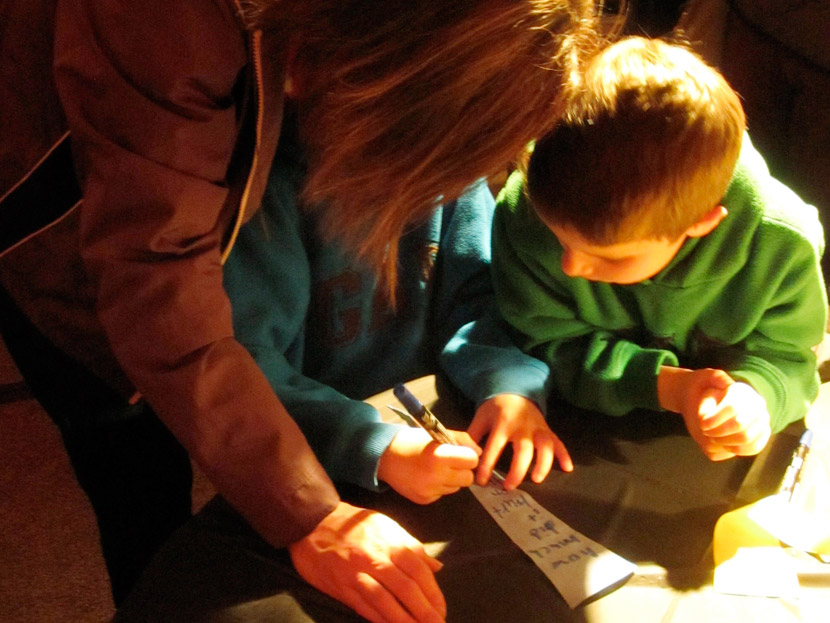
I put the word quilted in quotes as this was not true quilting. Time would not allow for that. The pieces were simply hand-sewn together. This is simple enough in concept, but hundreds of responses were submitted. Many hands were needed. We recruited a number of volunteers from the church who were experienced with hand sewing. They came in shifts and the quilt grew in size.
We needed a tesselating shape which would allow the size of the quilt to expand based on the number of responses and the available time. I designed a pattern that used a very tall acute triangle as its basic building block. Our team of sewers worked hard piecing the pattern together! And we received more replies than we could integrate into the final quilt (a good problem). It was an ambitious plan, and it definitely had its hiccups. But it was great to work together with a team of non-artists to create something beautiful. And doing it in front of a live audience was all the more exciting.
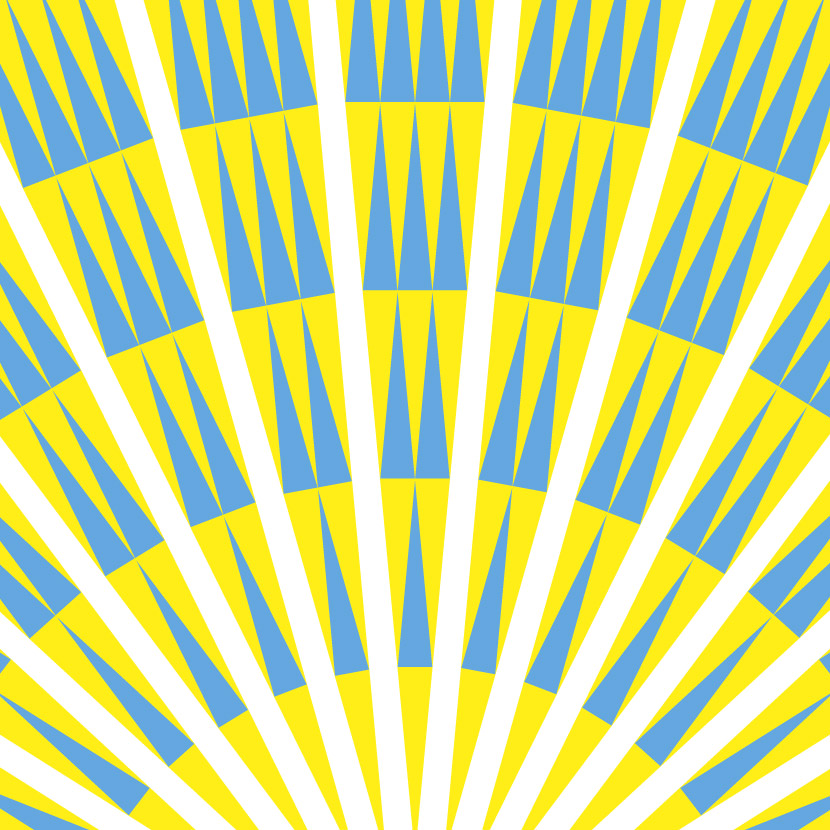
The main thing to keep in mind when utilizing large groups for an artistic collaboration is that it will require a lot of planning and organization. This is true whether or not the participants are considered artists. You will need to take into account both the experience and the finished piece. For the participant, it needs to remain non-threatening (though not non-challenging). And by all means it should be enjoyable!
The beauty of the final piece will depend not only upon your robust planning and organization, but upon the leader of the effort. The execution will require an artistic leader who has a clear final vision—or, in the case of David Taylor’s event, the leader must have a clear final goal. Ideas from the participants must be valued, considered, and even implemented—but only in ways that support the end goal.
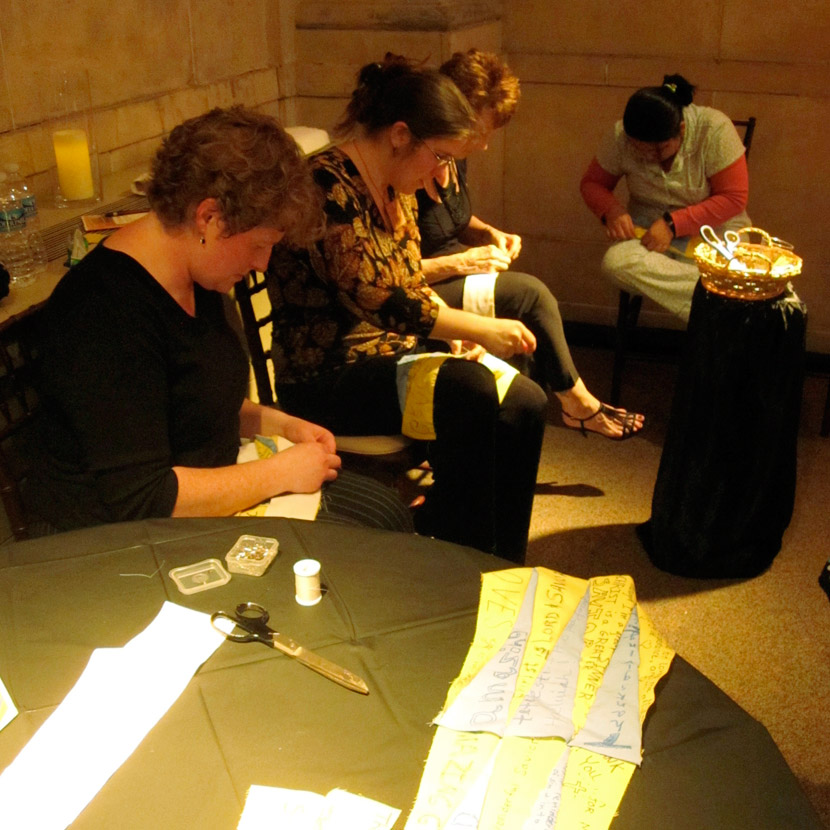
Articles in this series on collaboration
- Introduction
- Take a Lead
- Take a Seat
- Take a Role
- Take a Village
- Take a Hand

